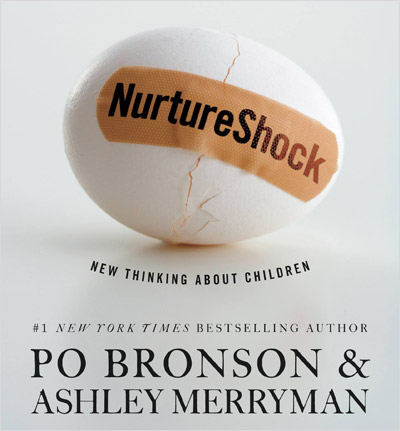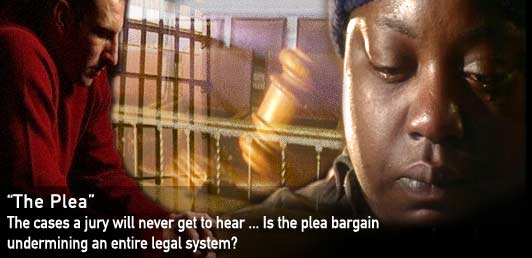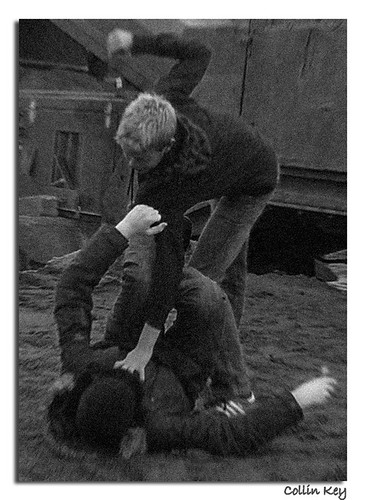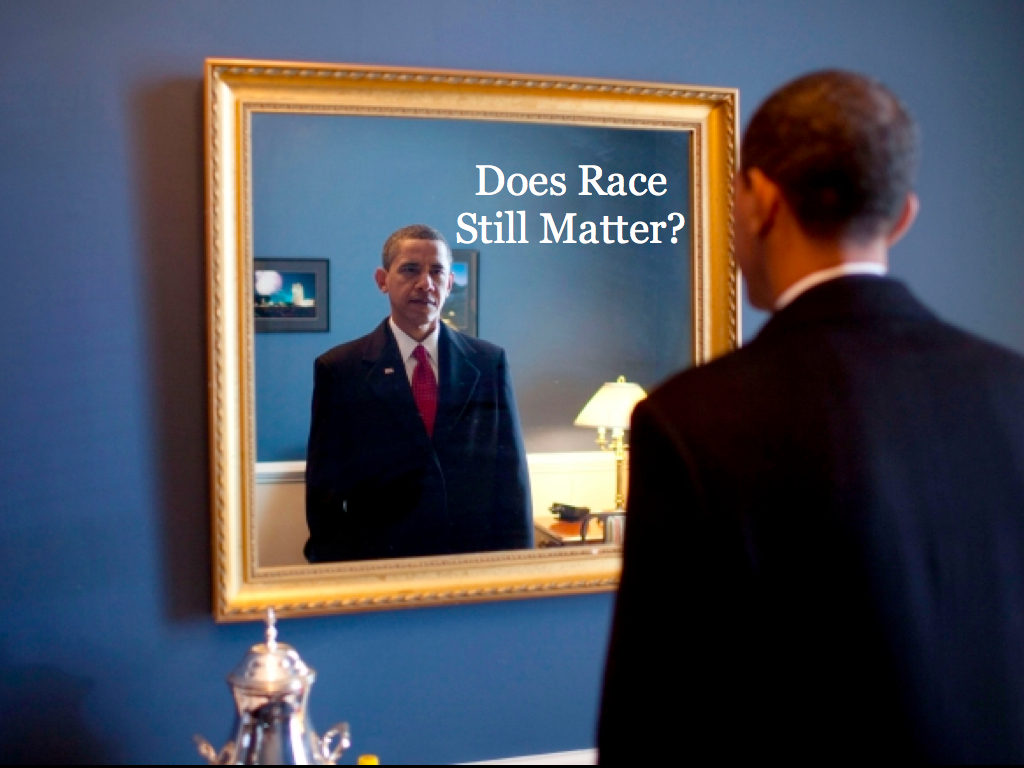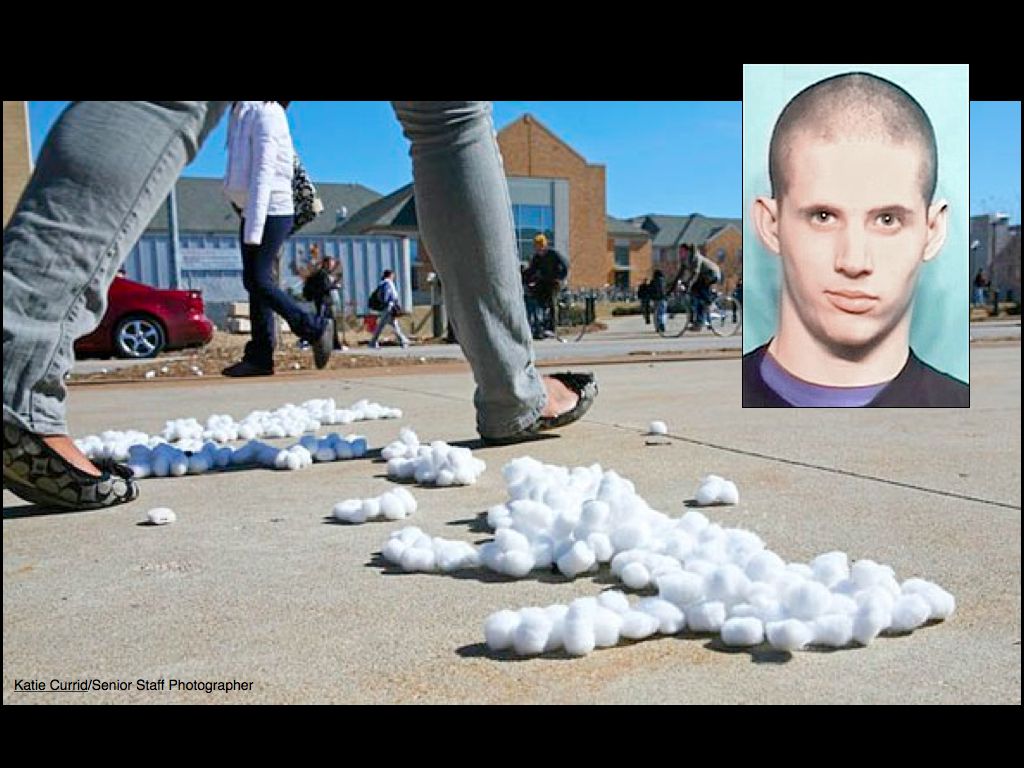When I first started teaching I thought that my role as a sociologist was to debunk social myths and get my students to see the world my way. I thought if I could provide them with enough evidence they would have to believe that my political point of view was right. In a sense I was doing teaching as activism. What I’ve learned sense then is that a patient, hands off approach works best at getting students to “see the social” in sociological issues- especially the controversial social issues.
My mentor and friend, Dr. Lori Dance, reminded me some time ago that all of our students are taking a class. As obvious as that sounds, it is easy to forget that a classroom is a learning environment where it is okay to be wrong, uninformed, or oblivious. We have to be patient with our students and trust that when they are presented all of the facts about the topic they will come around and have a “a ha!” moment.
On the first day of all my classes I make a joke about the difference between a course in calculus and one in sociology. If a student in a calculus class raises their hand and says, “I think the solution is to take the derivative.” Other students don’t throw their hands up and say, “Oh my god! Are you ignorant or what? Clearly the solution is to take the anti-derivative. What the hell is wrong with you?” However, if you’re not careful about laying down discussion ground rules this type of response will almost certainly happen a few times in your career. Patience is the fist step in reaching students with a politically neutral teaching style. If you are not patient and you try to force your beliefs, or the arguments your text(s) are making, you will find your students become entrenched in their previous world view and unwilling to listen to anything you have to say. Let them be where they are and once trust is established they will be open to coming over to your point of view.
Another thing I say at the start of every class is, “I’m the only one being paid to be politically neutral*.” I tell the students that we will take a look at what the texts, videos, and guest speakers have to say and then each of them will decide what is of value to them. They are free to take what they like and leave what they don’t like. While at first glance this seems like a fast way to prevent any growth in my students, what I’ve found is that if you let students take an active role in selecting what they think is valuable they tend to adopt far more of the lessons from the course than if you try to push it on them. This is especially true of students who come to the class with many views that are opposed to the lessons of sociology. Students take ownership of their change and personal growth because they were in charge of it.
Furthermore, as any social science teacher can tell you, when a student says something that goes starkly against what the evidence in the text shows, other students will speak up and call that students logic into question. By letting the students self-regulate the class discussion you foster a peer-centric learning environment. And in my experience students are far more likely to take to heart that which another classmate says as opposed to what the “authority figure” at the front of the room says.
The basic truth behind this is that change is scary. If you find that something you’ve believed in is inaccurate, prejudiced, or biased it is hard to let go of because it means you would have to change. On some level teaching, especially in the social sciences, is about encouraging students to look into themselves for the strength to construct new ways of seeing the world. To find the bravery needed to change. I don’t think I’m being hyperbolic in the slightest here. When you understand that for some of your students the learning process involves fear, you can empathize with them and reach them where they are. Furthermore, in this light it is plain to see that trying to force fearful students to adopt what you or the text is saying is a fools effort. The only way to reach people who are afraid is to show patience, establish trust, and show that you believe in them. In my experience, when I have been able to do those three things far more students take the leap and grow personally than if I tried to force ideas on them.
I still feel that teaching is a form of activism. Social science teachers can increase understanding and acceptance of others. We can promote equality and harmony in our community, but we can not force it on our students. Some are not ready for what you have to teach them, but most are. If you are sincere about making your community a better place, then adopting the most effective teaching technique should be your primary focus. Being politically neutral is, admittedly, counter intuitive, but it may be the most effective teaching method.
* Note that I know it is truly impossible to be objective or politically neutral, but I make every effort to be.

